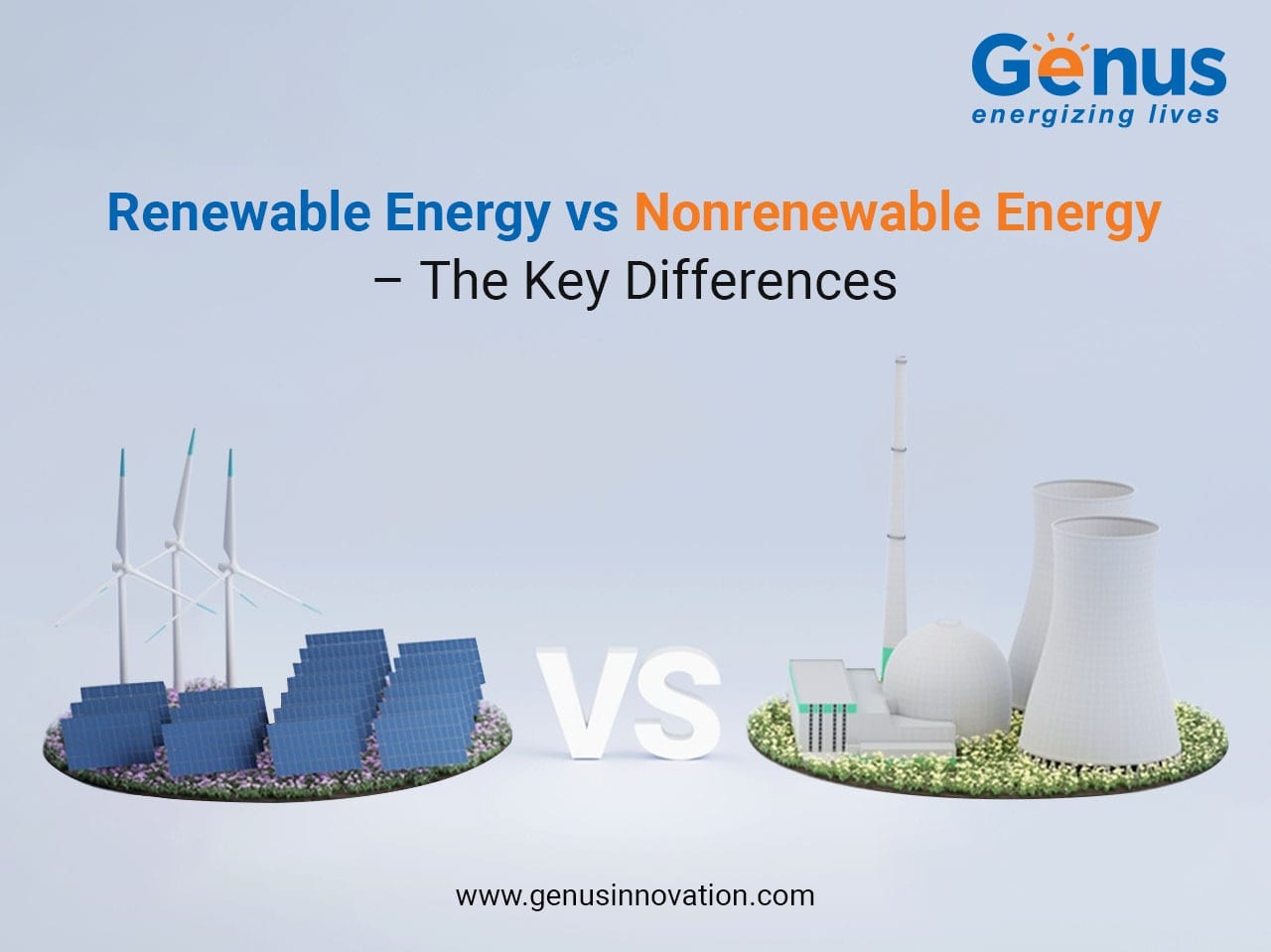Renewable energy, clean energy, and sustainable energy – these are just a few of the many terms used to describe the same concept: energy derived from natural processes that are replenished constantly. The variety of names highlights the growing importance of this energy source in our global shift toward sustainability. To truly understand its value, it's essential to grasp the key differences between **renewable energy vs. nonrenewable energy**.
Here are some important distinctions:

### What Are Renewable Energy Resources?
Renewable energy comes from sources that are naturally replenished on a human timescale. These include solar, wind, hydro, geothermal, and biomass energy. For example, solar energy harnesses sunlight through photovoltaic panels, while wind energy uses turbines to convert wind into electricity. These resources are not only abundant but also environmentally friendly, making them ideal for long-term use.
One of the most accessible forms is solar energy, which has seen rapid growth due to innovations in solar panel technology and components like **solar charge controllers**, which help manage and optimize the energy stored in batteries.
### What Are Non-Renewable Energy Resources?
Non-renewable energy sources, such as coal, oil, and natural gas, are finite and take millions of years to form. Once they are extracted and used, they cannot be easily replaced within a short time frame. These fuels are heavily relied upon today, but their use comes with significant environmental costs, including high carbon emissions and pollution.
### Renewable Energy vs. Nonrenewable Energy
Let’s break down the main differences between the two:
#### Environmental Impact
Renewable energy sources have a much smaller carbon footprint. Solar and wind energy, for instance, produce little to no greenhouse gases during operation. In contrast, burning fossil fuels releases large amounts of carbon dioxide and other pollutants, contributing significantly to climate change.
If you're looking to reduce your environmental impact, consider using **tubular batteries** or other energy storage solutions that work well with renewable systems.
#### Cost
While the initial investment in renewable energy systems can be higher, the long-term savings are often greater. Although nonrenewable energy may seem cheaper upfront, the hidden costs—such as environmental damage and resource depletion—can add up over time. Plus, as technology advances, the cost of renewable systems continues to drop, making them more affordable than ever.
Genus offers competitive **solar battery prices**, making it easier to transition to a greener lifestyle.
#### Time to Replenish
Nonrenewable resources take thousands of years to form, and we’re consuming them at an unsustainable rate. Renewable sources, on the other hand, are continuously available. Sunlight, wind, and water are all naturally replenished, making them more reliable and sustainable in the long run.
### Wrapping Up
Although renewable energy systems may require a higher initial investment, the benefits—ranging from lower long-term costs to reduced environmental impact—are unmatched by nonrenewable sources. As the world moves toward a cleaner future, switching to renewable energy is not just smart—it's necessary.
If you're ready to make the switch, Genus Innovation offers a wide range of high-quality solar products to help you transition smoothly. **Connect with us today** and start your journey toward a sustainable energy future.
Embossed Lining Paper
Embossed Lining Paper,Cigarette Inner Lining Paper,Environmentally Friendly Composite Lining Paper,Hybrid Composite Paper
Jilin Changbaishan Packaging Materials Co., LTD , https://www.cbsbz.com